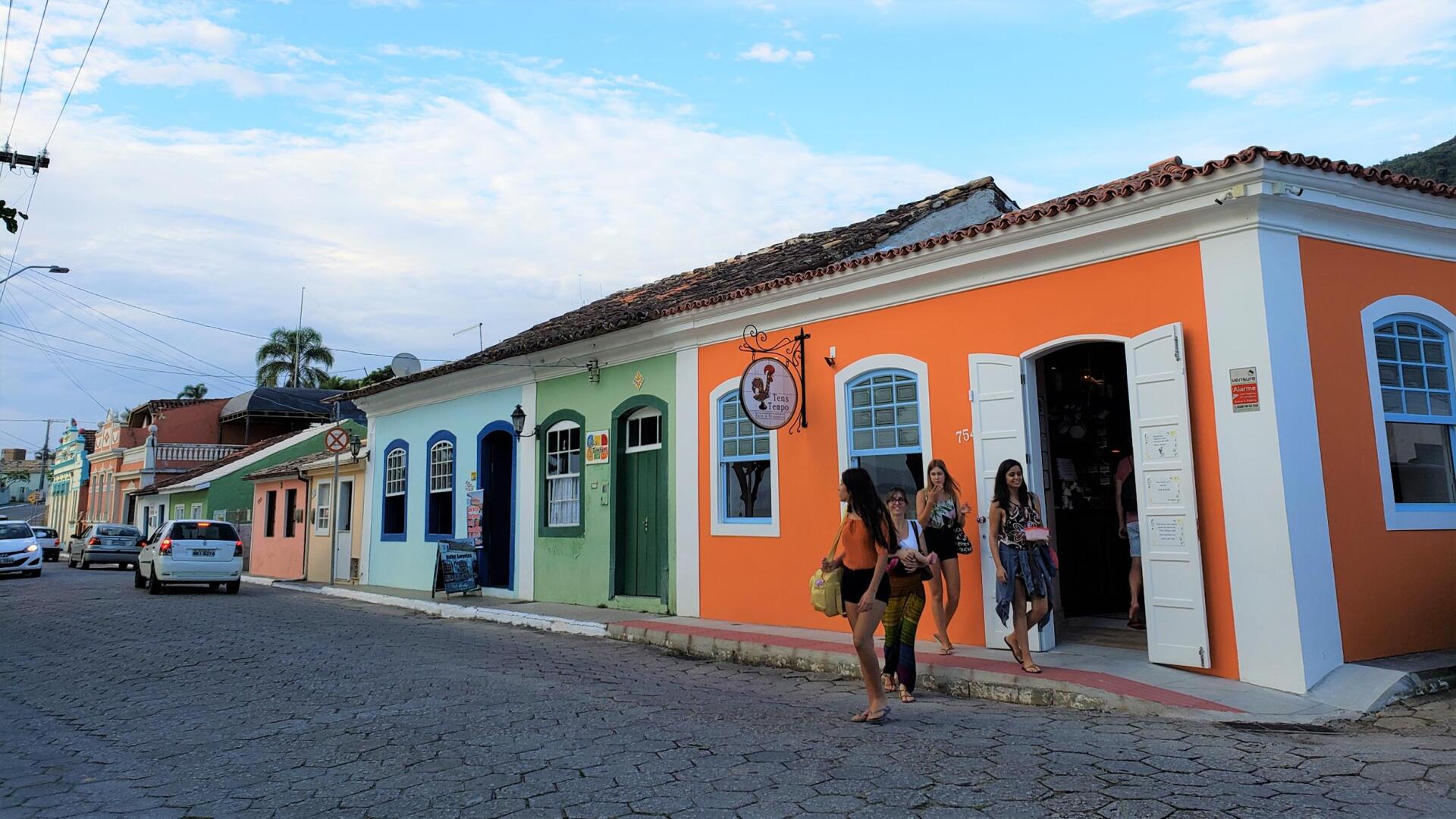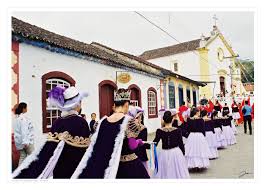Azores
The Santa Catarina Coast was colonized by immigrants from the Azores Islands, in Portugal, in the 18th century. In Florianópolis, some neighborhoods still retain the presence of Azorean culture, mainly through architecture. On a walk through places such as Santo Antônio de Lisboa and Ribeirão da Ilha it is possible to see the traditional model of Portuguese villages, where there is a square, with the church at the top, surrounded by semi-detached houses, with one or two main streets running parallel to the sea and few cross streets. In 1748 the first Azorean families arrived. The locality was elevated to the category of Parish by D. João V in April 1750, with the name Nossa Senhora das Necessidades da Praia Comprida. In 1948, the neighborhood received its current name.
In the three neighborhoods, the churches were built with geographic prominence, generally in the highest part. In Santo Antônio, the Nossa Senhora das Necessidades Church was built between 1750 and 1756. The place has a simple facade, however, inside, there are artistic elements from the transition period between Baroque and Rococo. In 1845, the parish of Santo Antônio de Lisboa received an official visit from Emperor D. Pedro II, accompanied by Empress Thereza Christina. The building was historically listed through Municipal Decrees No. 1,341/75, of December 17, 1975, and State Decree No. 2,998, of June 25, 1998.















